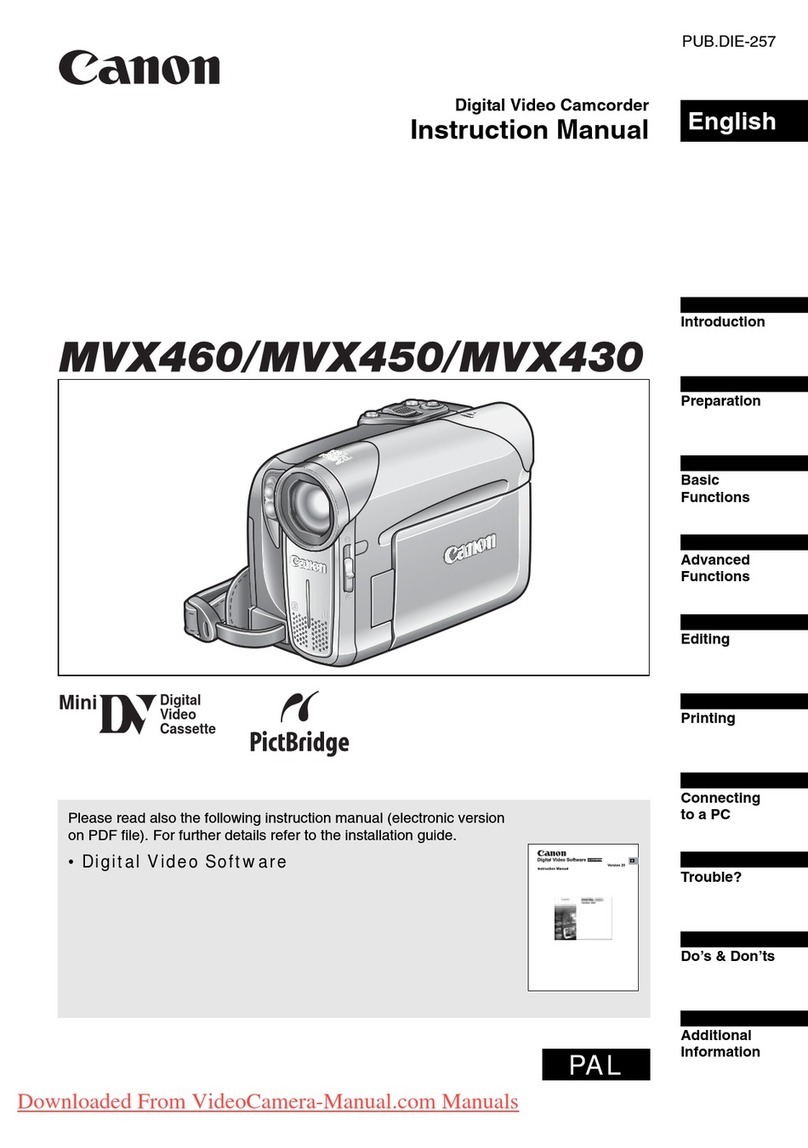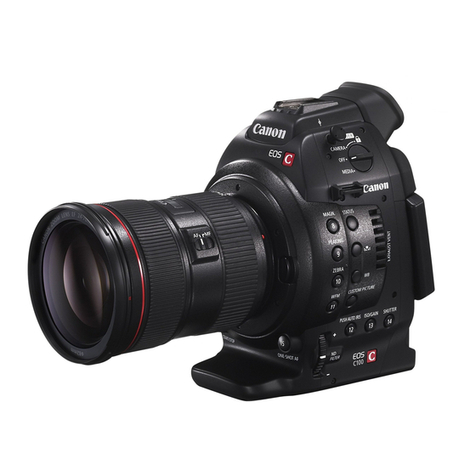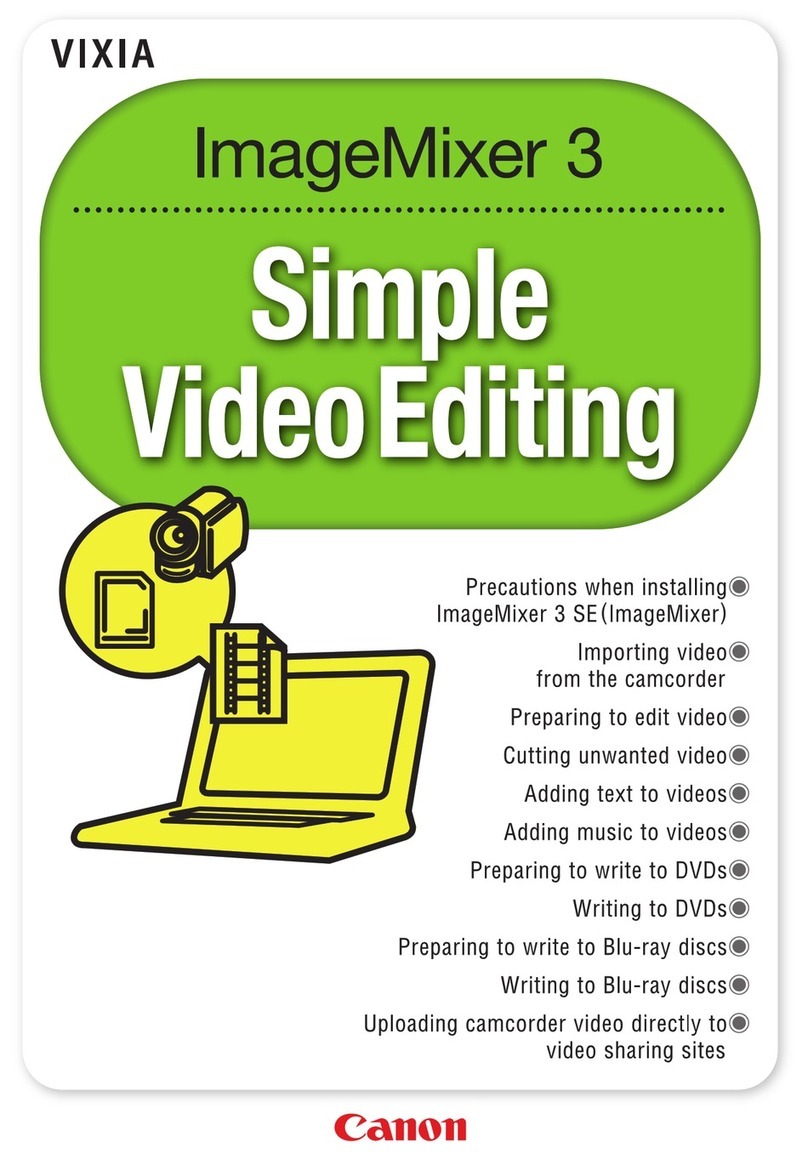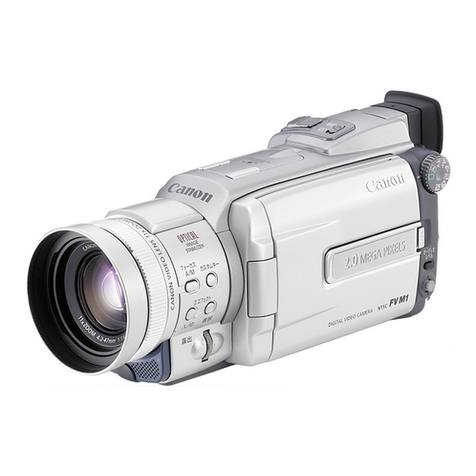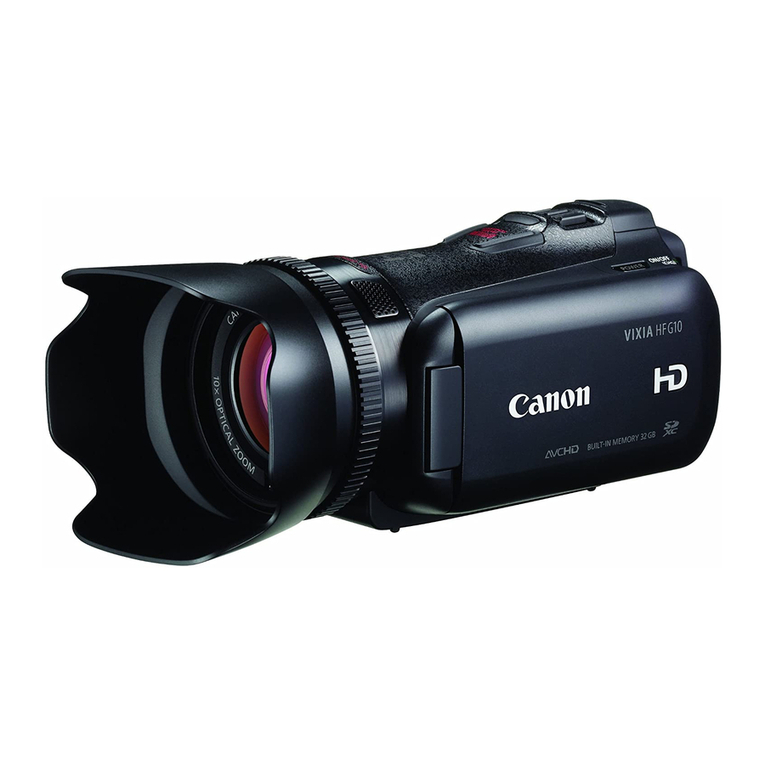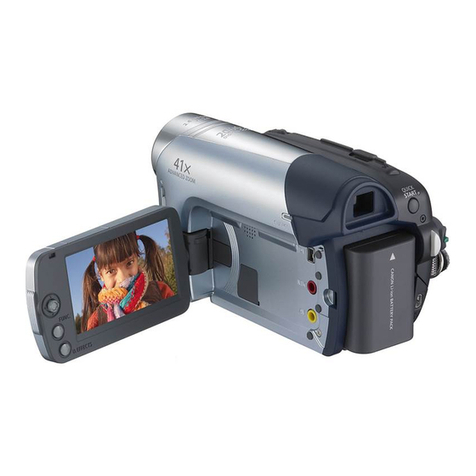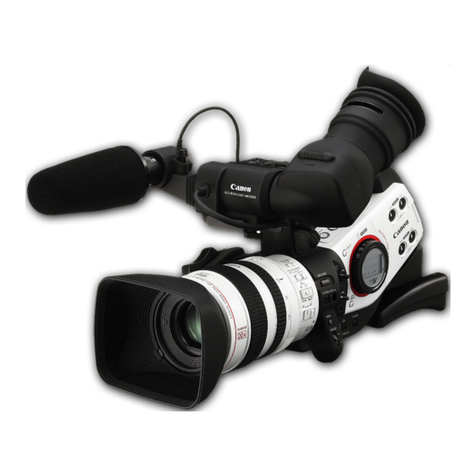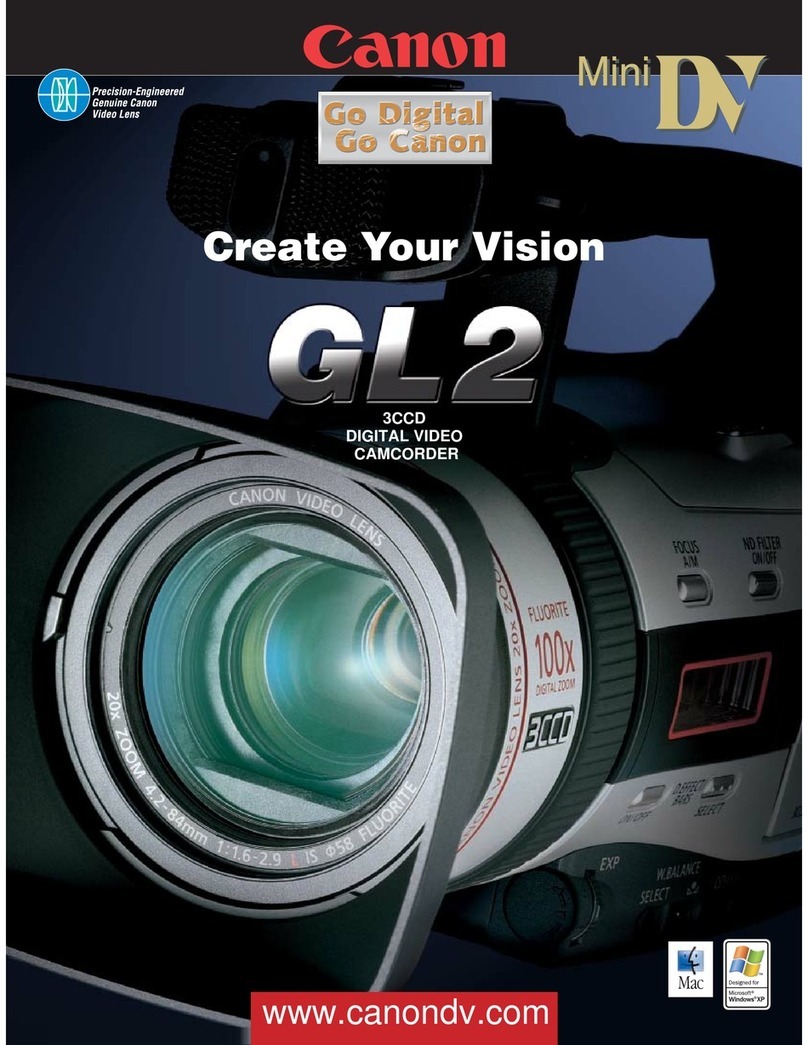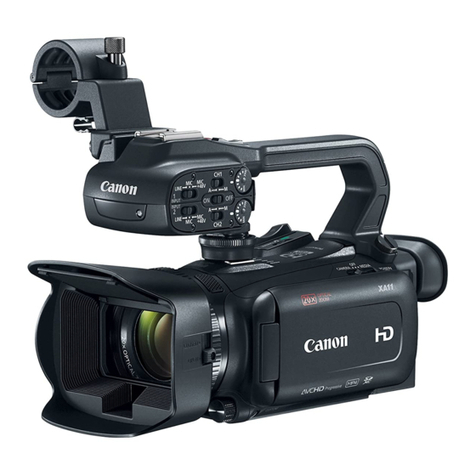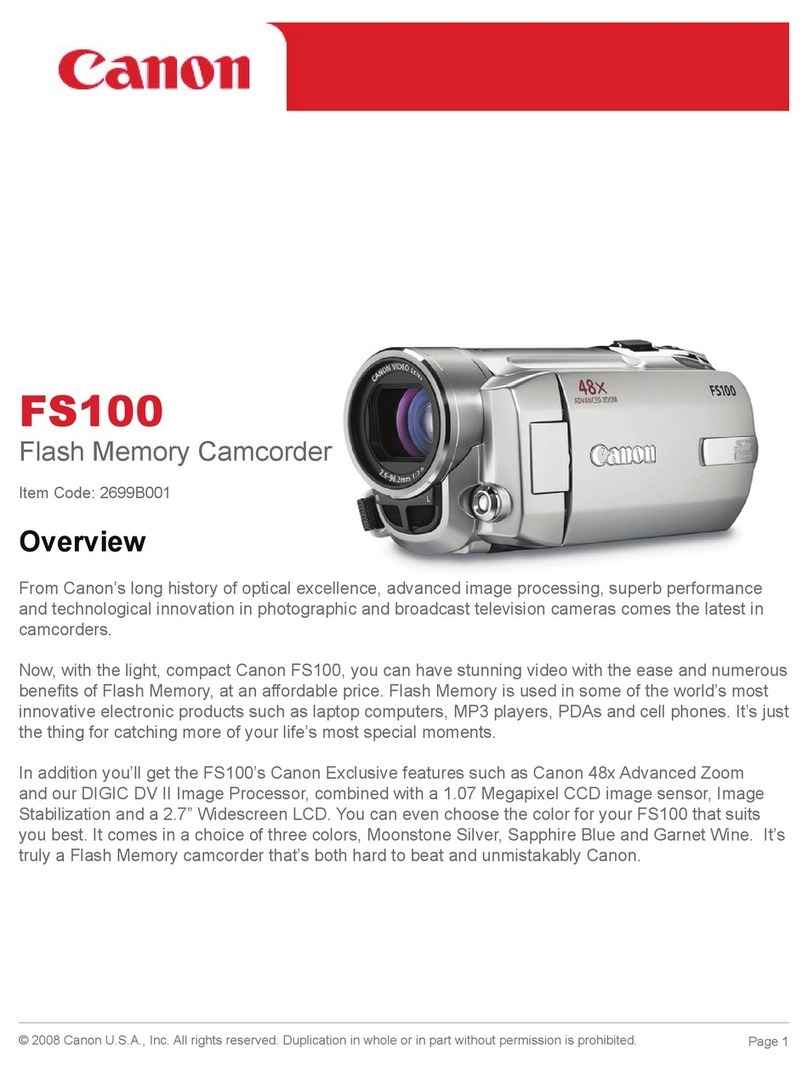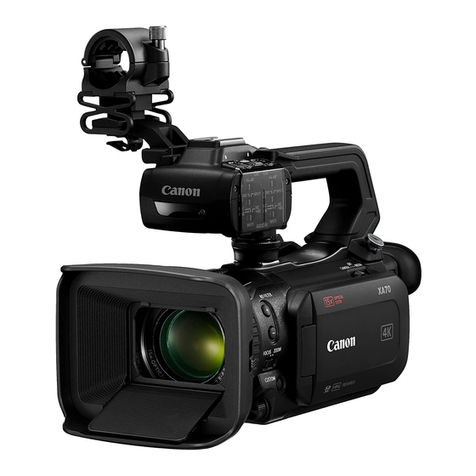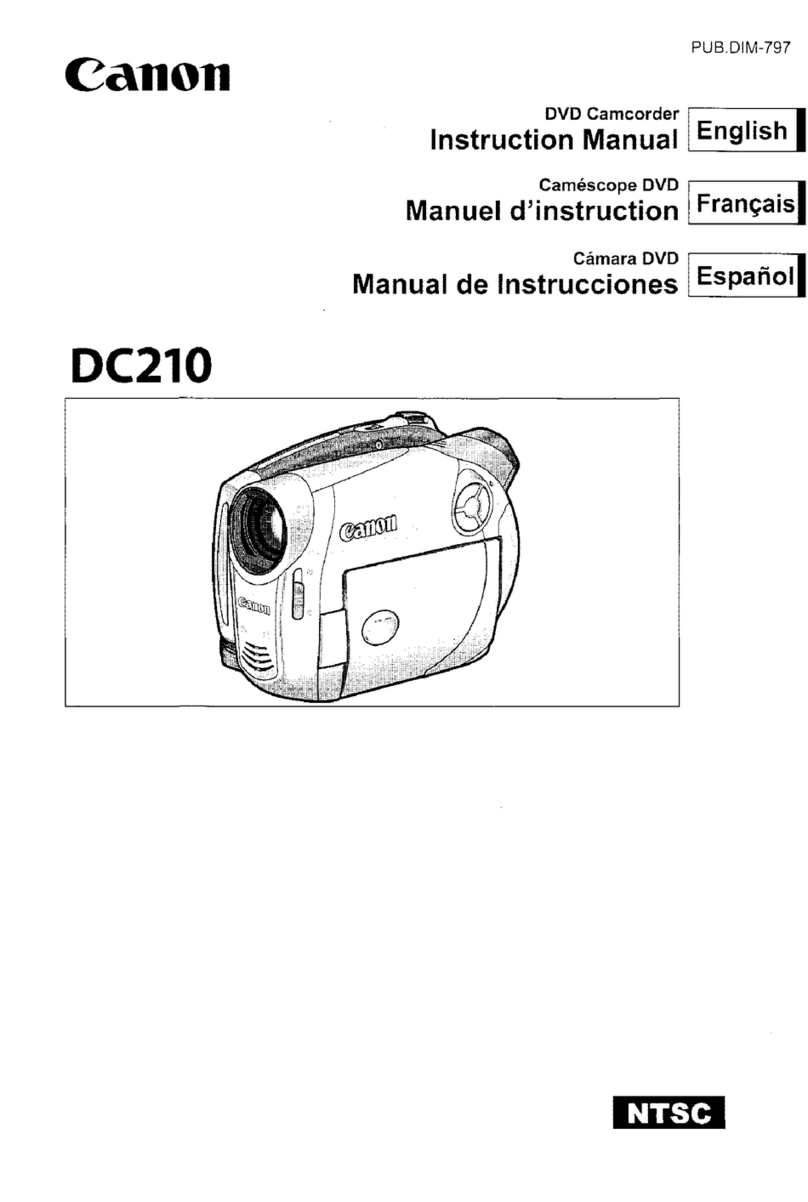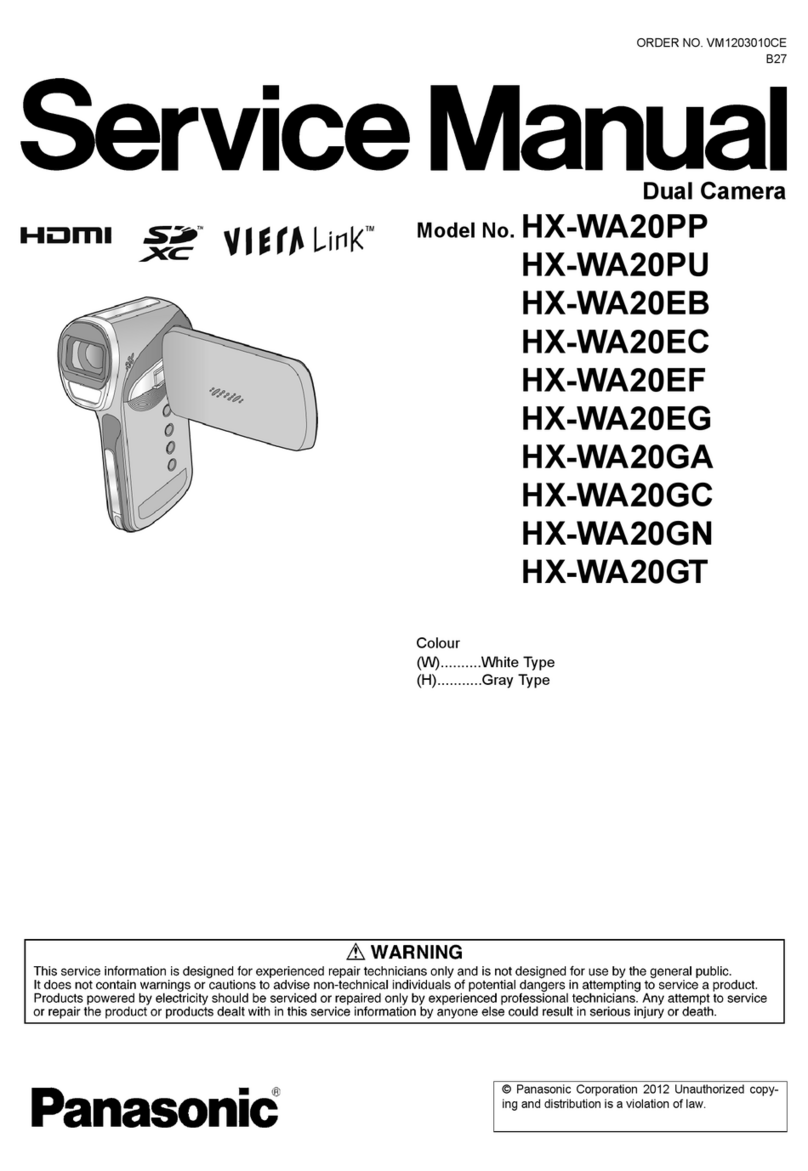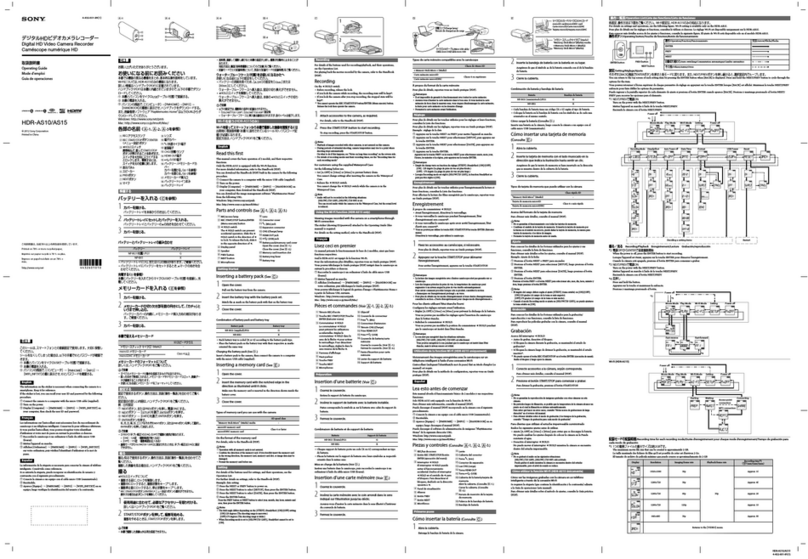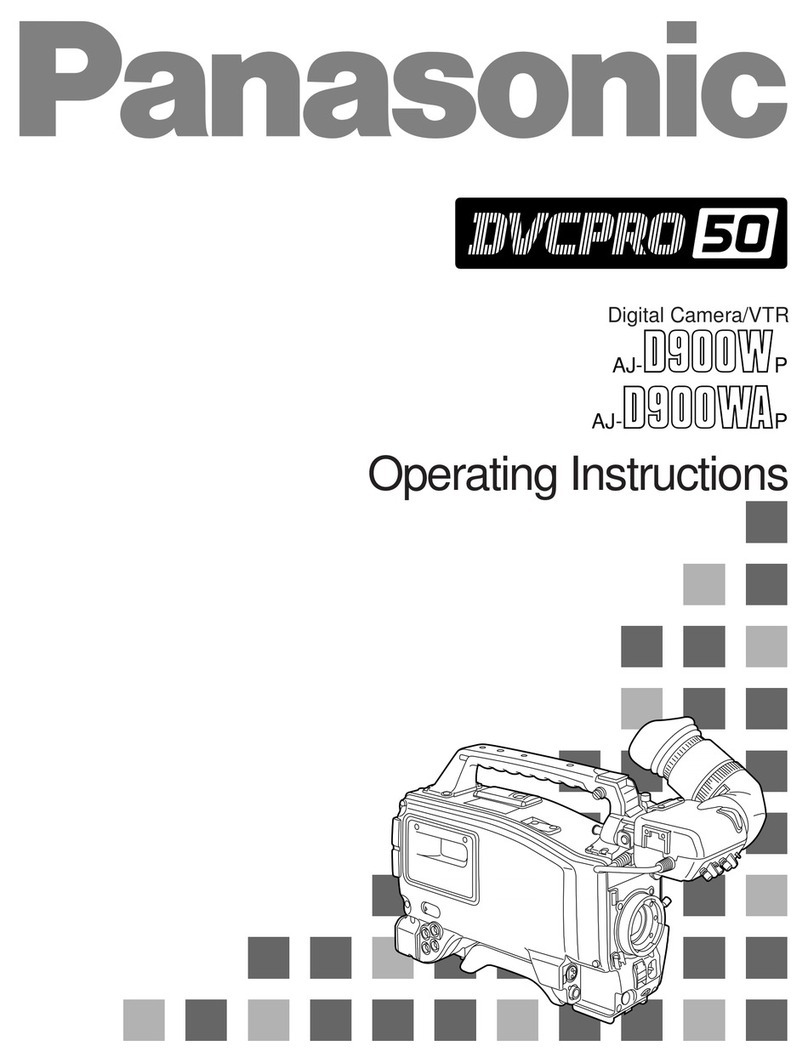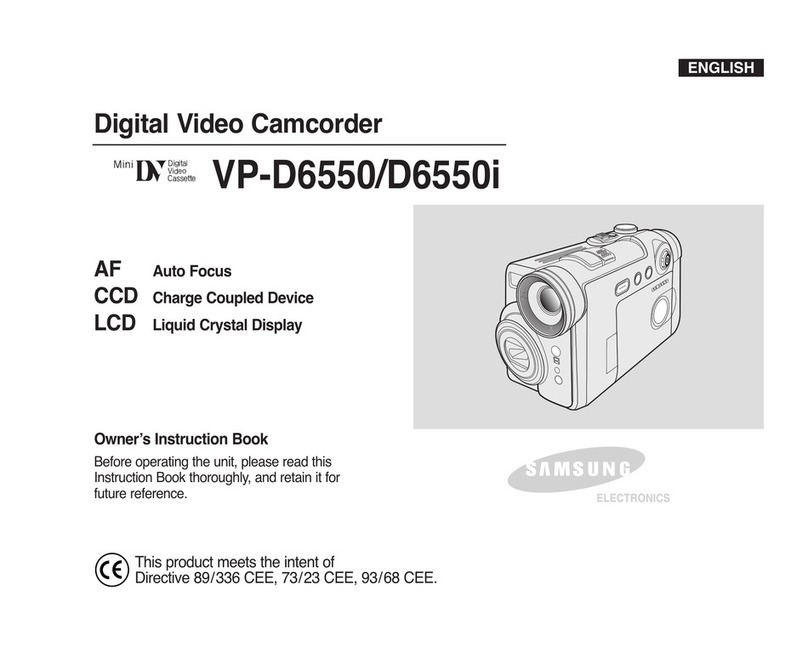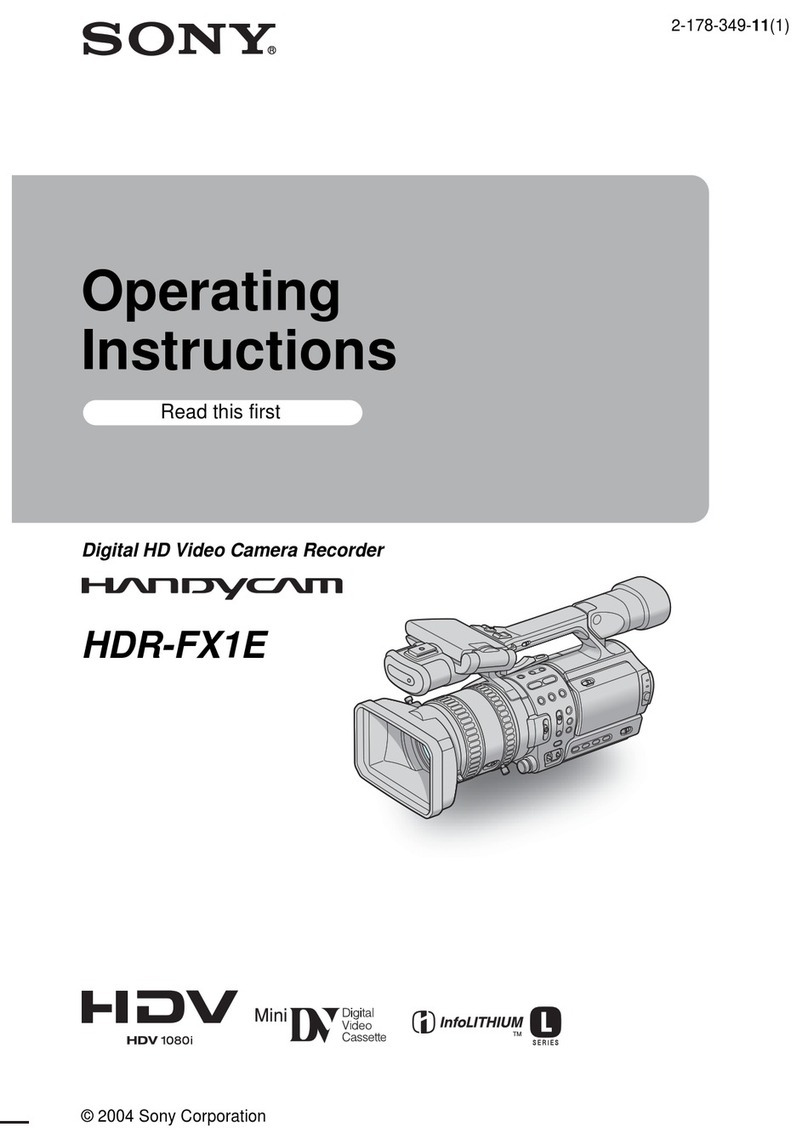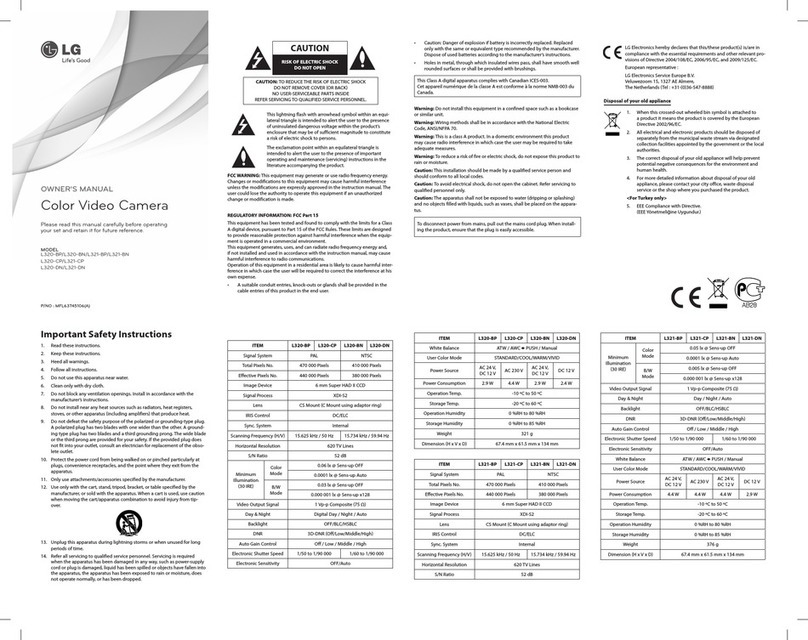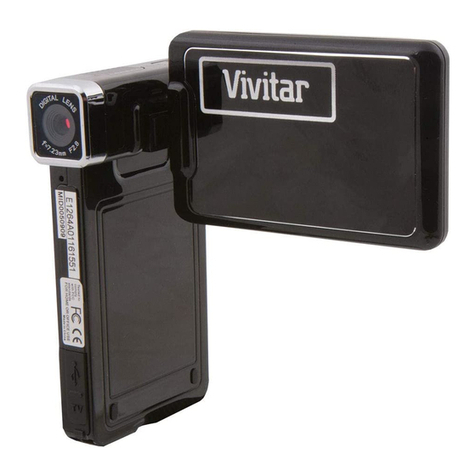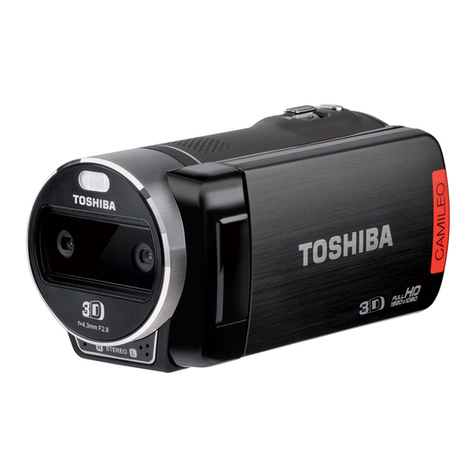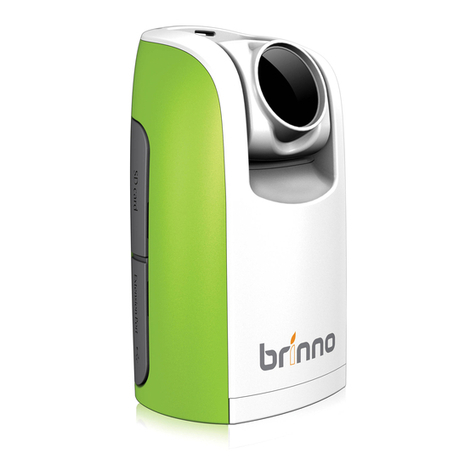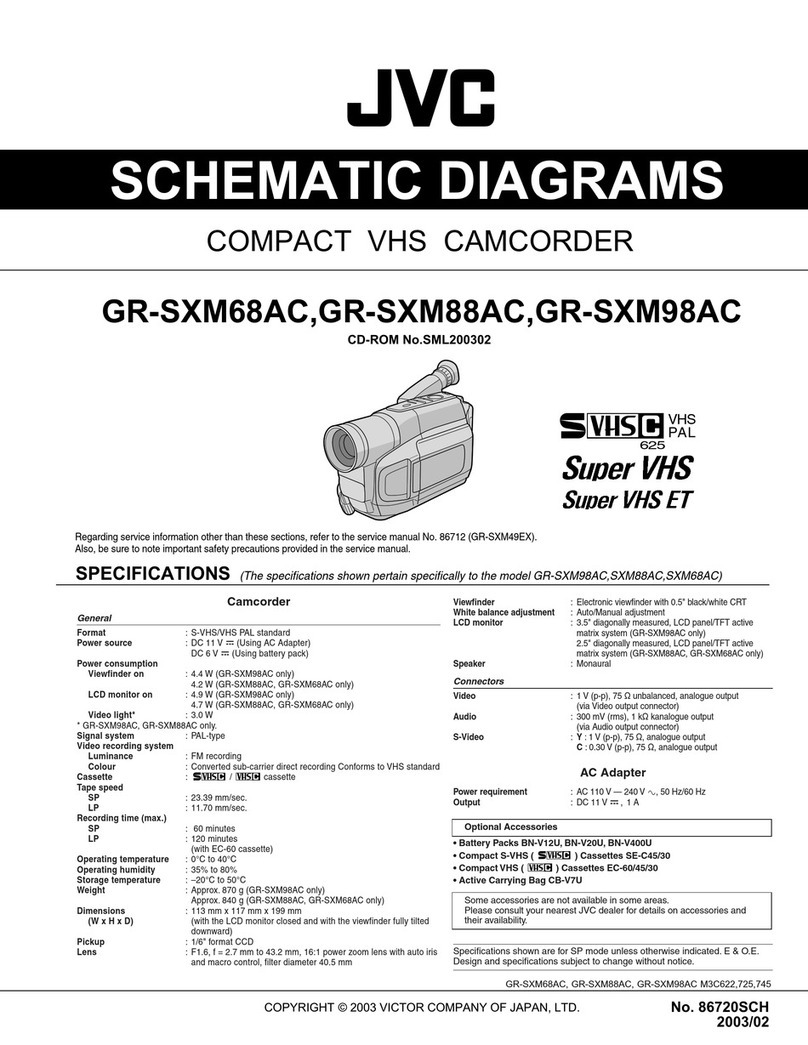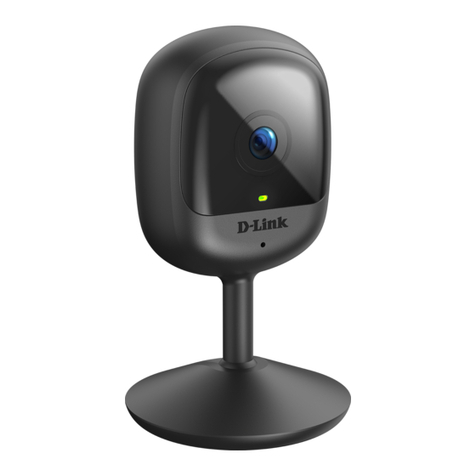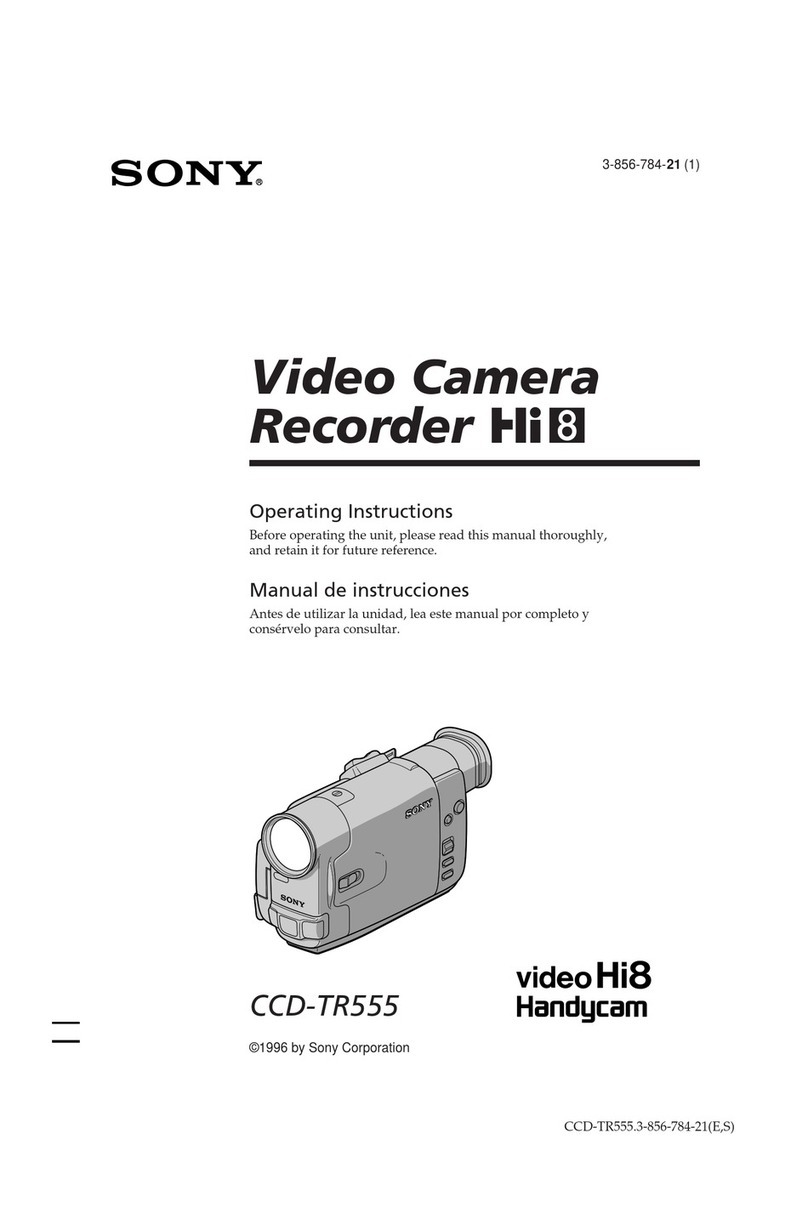
Respecting the Stereo Window
We discussed briey how the display screen represents a window and objects can be behind, at or in
front of the window.If you want an object to appear in front of the window it cannot touch the left
or right edge of the frame.If it does the viewer’s brain won’t understand how the parallax is
suggesting the object is in front of the screen, but at the same time it is being occluded by the edge
of the screen.When this contradiction happens it is referred to as a window violation and it should be
avoided. Professional stereographers have a few tricks for xing window violations with lighting or
soft masks but it is best for beginners to simply obey this rule.
Unwelcome Disparities (Geometric, lens and temporal)
Disparity is a “dirty word”for stereographers.In fact the only “good” type of disparity in S3D is
horizontal disparity between the left and right eye images.As mentioned before, this is known as
parallax.
Any other type of disparity in your image (vertical, rotational, zoom, keystone or temporal) will cause
the viewers eyes to strain to accommodate. This can break the 3D effect and cause muscular pain in
the viewer’s eyes or even nausea.Every stereographer will strive to avoid these disparities on set by
carefully calibrating the steroescopic rig and it will be tweaked ever further in post production
through the use of 3D mastering software.
Ortho-stereo, Hyper-stereo & Hypo-stereo
As mentioned earlier, the average interocular separation of human beings is considered to be about
65mm (2.5 inches.)When this same distance is used as the interaxial distance between two shooting
cameras then the resulting stereoscopic effect is typically known as “Ortho-stereo.”Many
stereographers choose 2.5” as a stereo-base for this reason.If the interaxial distance used to shoot is
smaller than 2.5 inches then you are shooting“Hypo-stereo.”This technique is common for
theatrically released lms to accommodate the effects of the big screen.It is also used for macro
stereoscopic photography.
Lastly, Hyper-stereo refers to interaxial distances greater than 2.5 inches.As I mentioned earlier the
greater the interaxial separation, the greater the depth effect. An elephant can perceive much more
depth than a human, and a human can perceive more depth than a mouse.However, using this
same analogy, the mouse can get close and peer inside the petals of a ower with very good depth
perception, and the human will just go“cross-eyed.”Therefore decreasing the interaxial separation
between two cameras to 1”or less will allow you to shoot amazing macro stereo-photos and
separating the cameras to several feet apart will allow great depth on mountain ranges, city skylines
and other vistas.
XF300/305 Whitepaper " " " " " " " " Stereoscopic 3D
Tim Dashwood!!!!!!!!!!!! ! ! 5
